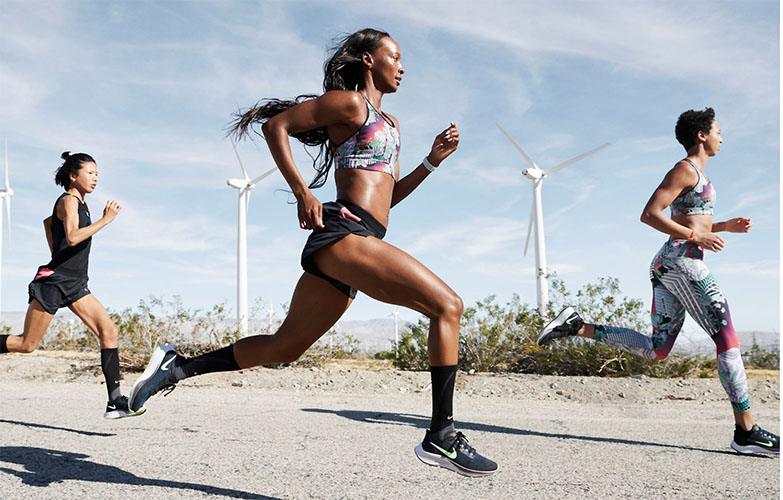Running or gym shoes were the next most popular choice with 32 percent, followed by work shoes or other footwear with 9 percent and fashion-focused shoes with 5 percent.
Running or gym shoes are the most popular choice for ages 18-to-29 (49 percent), while ages 30-to-39 are split between running or gym shoes (43 percent) and casual shoes/sneakers (47 percent). The majority in every other age category of shoe buyers plans to purchase casual shoes or sneakers.
Other findings from the survey include:
- A majority (52 percent) of respondents are very likely to purchase new shoes this Spring. Twenty-six percent of respondents said they were somewhat likely to buy shoes this Spring and 22 percent said they were not likely to be.
- Younger respondents are more likely to be in the market for shoes, as 68 percent of those ages 18-to-29 and 61 percent of those ages 30-to-39 said they were very likely to purchase, compared to 50 percent of ages 40-to-49, 48 percent of those ages 50-to-59, and 42 percent of those ages 60-to-69 who are very likely to purchase.
- Shoppers were split on where they plan to purchase footwear this Spring, with 45 percent planning on shopping in-store, 44 percent buying online shipped to their home and 11 percent buying online for in-store or curbside pickup.
- Using data from this survey and a Spring 2018 survey conducted by FDRA and Emerson College polling, there is a noticeable increase in online shopping by age category. Shoppers who ordered online to pick up curbside this year were placed into the in-store category. While the youngest shoppers, those ages 18-to-29, are shopping online at a slightly lower rate in 2021 (58 percent) than in 2018 (64 percent), all other age categories have seen a shift to e-commerce.
- Among those who plan to shop online shipped to home, a plurality (31 percent) plan to use Amazon, while 28 percent said they would shop the shoe brand’s website. Nineteen percent (19 percent) will shop using a footwear-specific site such as Zappos or Shoes.com, and 14 percent plan to use a retailer’s website such as Nordstrom or Footlocker.
- For shoe shoppers that plan to purchase in-store, a plurality (39 percent) plan to shop at a local store such as DSW or Famous Footwear, while 27 percent plan to shop at a big-box retailer like Target, 15 percent plan to shop at a department store like Nordstrom and 19 percent plan to shop at a different in-store location.
- A plurality (34 percent) of respondents plan to purchase nearly 100 percent of their shoes in-store after the pandemic. Twenty-four percent said 60 percent of their shopping would be online, and 40 percent will be in-store, while 23 percent said nearly 100 percent of their shoe purchases would be online going forward, and 19 percent said 60 percent would be in-store, and 40 percent would be online.
The survey of 785 consumers was taken by Emerson College Polling on March 22 and March 23. The full report is here.











 京公网安备 11010202009378号
京公网安备 11010202009378号